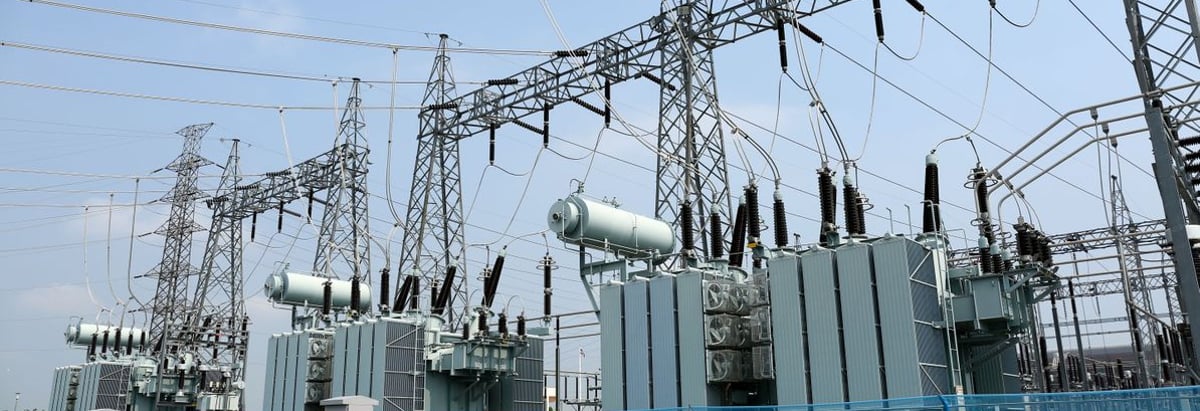- United States
- /
- Other Utilities
- /
- NYSE:PEG
Does Public Service Enterprise Group Incorporated’s (NYSE:PEG) ROCE Reflect Well On The Business?

Today we are going to look at Public Service Enterprise Group Incorporated (NYSE:PEG) to see whether it might be an attractive investment prospect. In particular, we'll consider its Return On Capital Employed (ROCE), as that can give us insight into how profitably the company is able to employ capital in its business.
First, we'll go over how we calculate ROCE. Second, we'll look at its ROCE compared to similar companies. Last but not least, we'll look at what impact its current liabilities have on its ROCE.
Understanding Return On Capital Employed (ROCE)
ROCE is a measure of a company's yearly pre-tax profit (its return), relative to the capital employed in the business. All else being equal, a better business will have a higher ROCE. Overall, it is a valuable metric that has its flaws. Renowned investment researcher Michael Mauboussin has suggested that a high ROCE can indicate that 'one dollar invested in the company generates value of more than one dollar'.
How Do You Calculate Return On Capital Employed?
The formula for calculating the return on capital employed is:
Return on Capital Employed = Earnings Before Interest and Tax (EBIT) ÷ (Total Assets - Current Liabilities)
Or for Public Service Enterprise Group:
0.058 = US$2.5b ÷ (US$47b - US$4.1b) (Based on the trailing twelve months to September 2019.)
Therefore, Public Service Enterprise Group has an ROCE of 5.8%.
See our latest analysis for Public Service Enterprise Group
Is Public Service Enterprise Group's ROCE Good?
One way to assess ROCE is to compare similar companies. We can see Public Service Enterprise Group's ROCE is around the 4.9% average reported by the Integrated Utilities industry. Setting aside the industry comparison for now, Public Service Enterprise Group's ROCE is mediocre in absolute terms, considering the risk of investing in stocks versus the safety of a bank account. Investors may wish to consider higher-performing investments.
The image below shows how Public Service Enterprise Group's ROCE compares to its industry, and you can click it to see more detail on its past growth.

Remember that this metric is backwards looking - it shows what has happened in the past, and does not accurately predict the future. Companies in cyclical industries can be difficult to understand using ROCE, as returns typically look high during boom times, and low during busts. ROCE is, after all, simply a snap shot of a single year. Since the future is so important for investors, you should check out our free report on analyst forecasts for Public Service Enterprise Group.
Do Public Service Enterprise Group's Current Liabilities Skew Its ROCE?
Liabilities, such as supplier bills and bank overdrafts, are referred to as current liabilities if they need to be paid within 12 months. Due to the way the ROCE equation works, having large bills due in the near term can make it look as though a company has less capital employed, and thus a higher ROCE than usual. To check the impact of this, we calculate if a company has high current liabilities relative to its total assets.
Public Service Enterprise Group has current liabilities of US$4.1b and total assets of US$47b. As a result, its current liabilities are equal to approximately 8.7% of its total assets. Public Service Enterprise Group reports few current liabilities, which have a negligible impact on its unremarkable ROCE.
Our Take On Public Service Enterprise Group's ROCE
Based on this information, Public Service Enterprise Group appears to be a mediocre business. Of course, you might find a fantastic investment by looking at a few good candidates. So take a peek at this free list of companies with modest (or no) debt, trading on a P/E below 20.
If you are like me, then you will not want to miss this free list of growing companies that insiders are buying.
If you spot an error that warrants correction, please contact the editor at editorial-team@simplywallst.com. This article by Simply Wall St is general in nature. It does not constitute a recommendation to buy or sell any stock, and does not take account of your objectives, or your financial situation. Simply Wall St has no position in the stocks mentioned.
We aim to bring you long-term focused research analysis driven by fundamental data. Note that our analysis may not factor in the latest price-sensitive company announcements or qualitative material. Thank you for reading.
About NYSE:PEG
Public Service Enterprise Group
Through its subsidiaries, operates in electric and gas utility, and nuclear generation businesses in the United States.
Average dividend payer with questionable track record.
Similar Companies
Market Insights
Community Narratives





